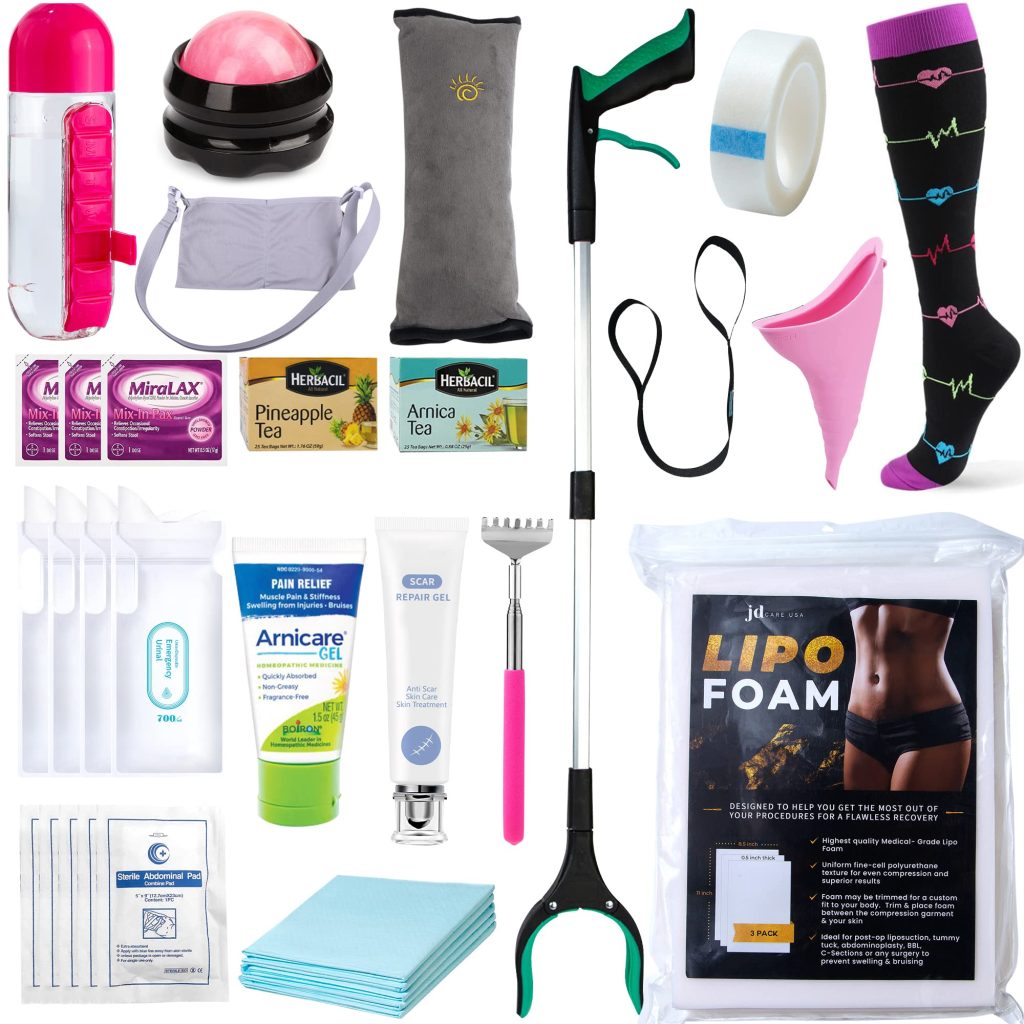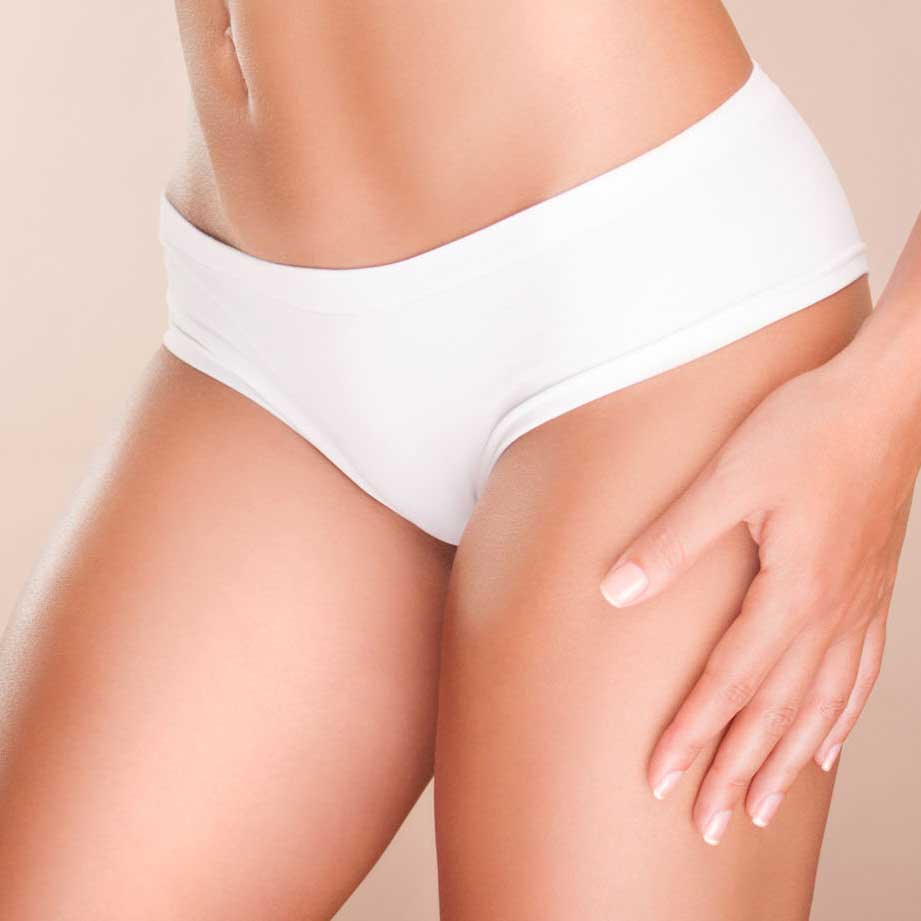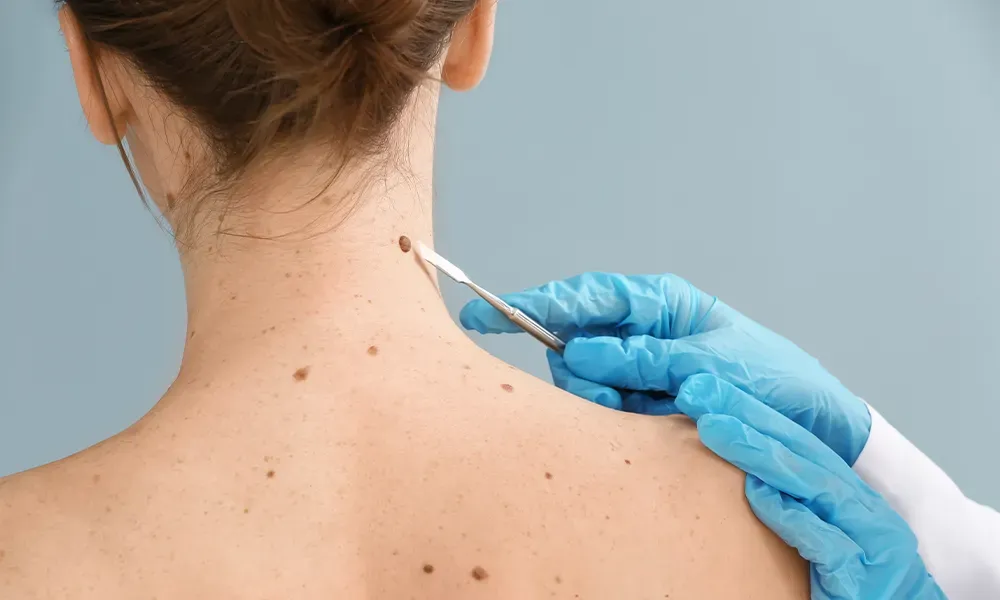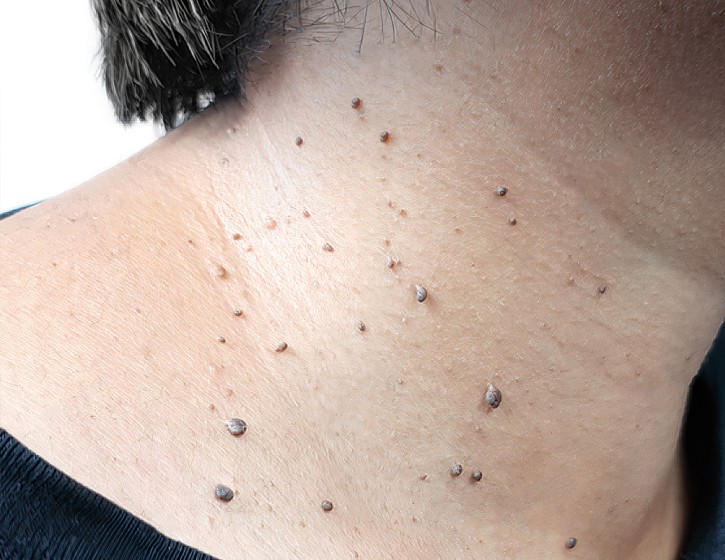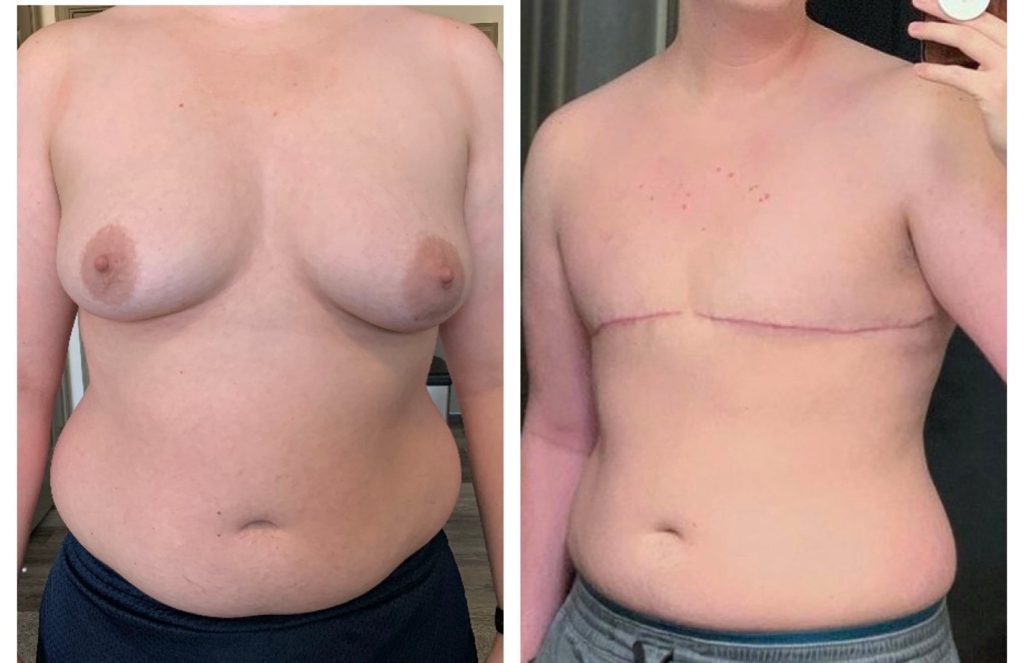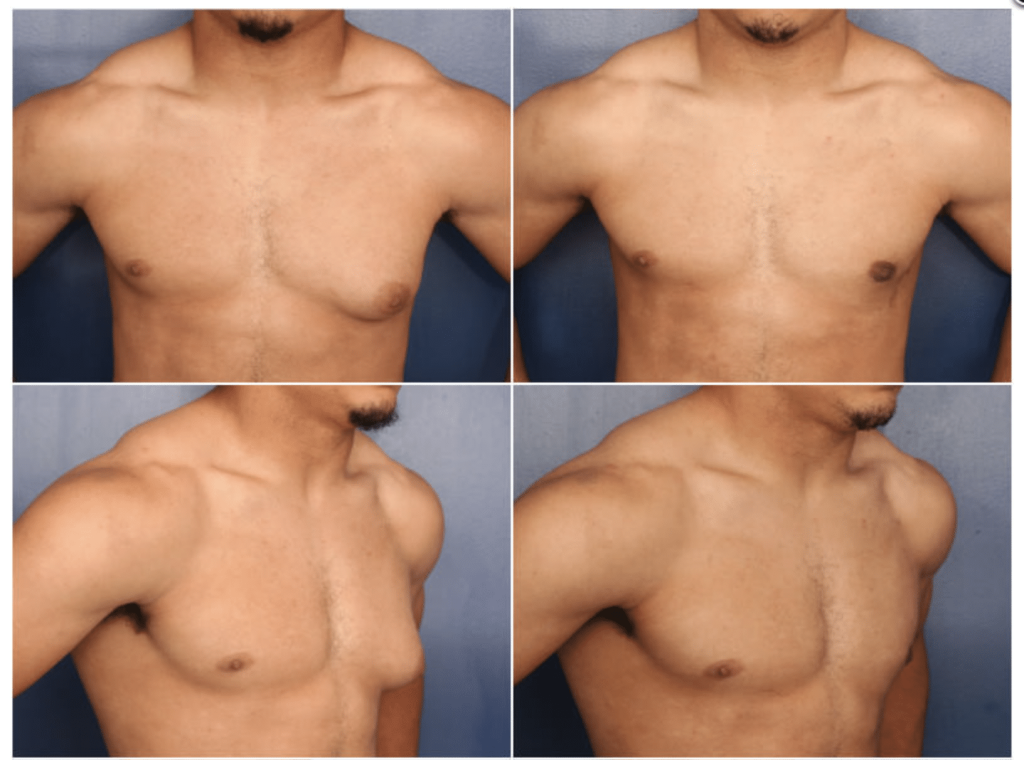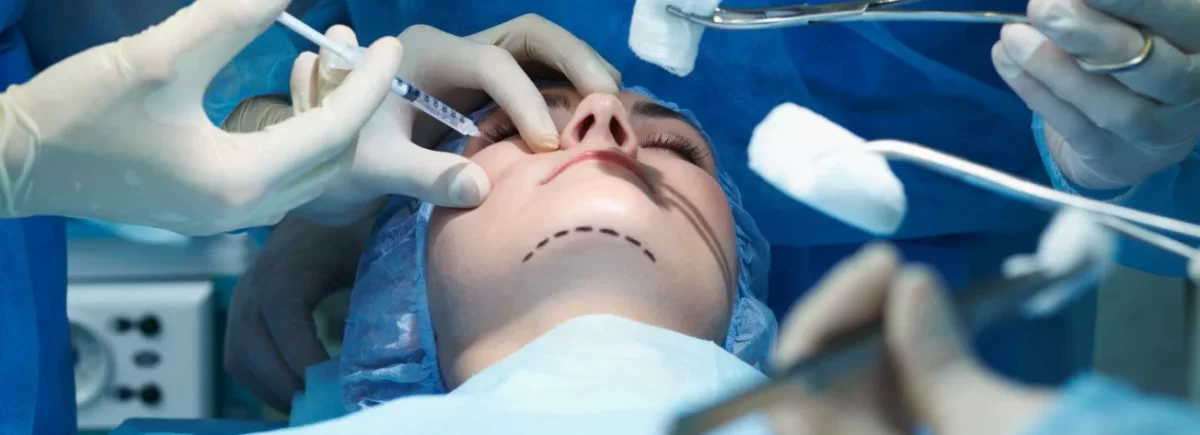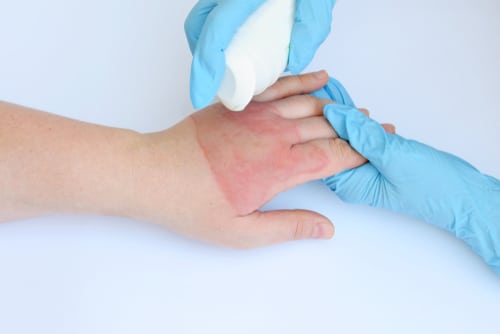Understanding Male Facial Contouring
Cheek Aesthetics
Prominent cheekbones have a significant impact on the aesthetic appeal of men’s faces. They contribute to a look of strength and vitality. However, achieving this requires a natural look with less projection than typically desired in women’s cheek implants. The goal is to enhance facial contours while preserving masculine features.
Men seek cheek implants that complement their facial structure without drawing undue attention. This subtlety is key to maintaining a natural appearance that aligns with male aesthetics.
Volume Replacement
Conservative volume replacement in the mid-face area is crucial for maintaining a masculine appearance. It addresses the loss of volume that can make the face appear aged or tired, without over-emphasizing the cheeks.
This approach helps in striking the right balance between rejuvenation and retaining masculine traits. The focus is on restoring lost volume rather than creating overly prominent features.
Youthful vs Aging Faces
The difference between youthful and aging faces often lies in the volume of the mid-face area. As men age, they lose volume in this area, which can lead to a drawn and older appearance.
The goal of cheek implants for men is to restore this lost volume, bringing back a more youthful contour to the face. However, it’s essential to avoid over-enhancement, as this can lead to an unnatural look that detracts from the overall masculine appearance.
Ensuring Safety with Cheek Implants
FDA Approval
Choosing FDA-approved implants is crucial for safety. These implants meet strict standards for quality and safety. They reduce the risk of complications.
Patients should always verify that their cheek implants are FDA-approved. This step ensures they’re getting a product that’s been rigorously tested.
Sterile Environment
A sterile surgical environment is essential to prevent infections. Surgeons follow strict protocols to maintain cleanliness.
They use sterilized tools and operate in controlled environments. This practice minimizes the risk of bacteria entering the cheek area during surgery.
Overcorrection Prevention
Preventing overcorrection requires precise planning. Surgeons measure the facial structure carefully before selecting an implant size.
They aim for a natural enhancement of the cheeks, avoiding an exaggerated look. This careful approach ensures balanced results.
Addressing Concerns
Common concerns include infection, shifting, and asymmetry. Surgeons take multiple steps to mitigate these risks.
They prescribe antibiotics to prevent infection. They secure the implants properly to prevent shifting. Regular follow-ups help catch any issues early.
Selecting the Right Surgeon for Implants
Experience Matters
Choosing a surgeon skilled in male facial aesthetics is crucial. Their expertise ensures natural-looking results from your cheek implants. Look for surgeons who specialize in implant surgery, particularly those with a focus on male patients.
They understand the subtle differences that make a significant impact. This knowledge is vital for achieving the desired masculine contour and balance.
Portfolio Review
It’s essential to review a surgeon’s portfolio of male cheek implant surgeries. This step allows you to assess their expertise directly. A diverse portfolio indicates a surgeon’s ability to tailor the implant procedure to various face shapes and sizes.
Their past work can offer insights into what you might expect from your surgery. It also provides an opportunity to discuss specific techniques used during the procedure, such as incision sites and implant types.
Personalized Consultation
A personalized consultation is key for setting realistic expectations. During this meeting, discuss your desired outcomes openly with the plastic surgeon. They should provide detailed information about every step of the implant process, including preparation, surgery, and recovery.
This conversation helps ensure that both you and your surgeon are aligned on the goals of the surgery. It also allows you to voice any concerns or questions regarding safety measures, building on the foundation laid in ensuring safety with cheek implants.
Navigating the Cheek Implant Surgery Process
Consultation Phase
After selecting the right surgeon, the next step is the consultation phase. Here, men discuss their goals and expectations with the surgeon. The surgeon evaluates facial structure to recommend either mid-face or cheek implants.
During this phase, patients learn about the differences between mid-face and cheek implants. Mid-face implants focus on enhancing the area below the eyes for a fuller look. Cheek implants, however, aim at increasing lateral projection, offering a more defined cheekbone appearance.
Surgical Approach
The surgical approach for inserting cheek implants involves making a small incision. This incision can be inside the mouth or in the skin under the eye. The choice depends on implant type and patient’s anatomy.
Surgeons use specialized techniques to place the implant precisely over the cheekbone. This ensures a natural-looking enhancement that complements other facial features.
Recovery Timeline
Recovery from cheek implant surgery varies but generally follows a predictable timeline. Initially, patients may experience swelling and discomfort around the cheeks and neck area. These symptoms usually subside within a week.
Patients receive detailed post-operative care instructions, including how to manage pain and when to resume normal activities. Most men return to work within 10 days post-surgery but should avoid strenuous activities for up to six weeks.
Exploring Types of Facial Implants
Cheek Implants
Cheek implants enhance facial contours by adding volume to the cheekbones. They create a more defined face shape, appealing specifically to men seeking a stronger, more masculine appearance. These implants focus on the bone structure, elevating the cheek’s prominence.
Surgeons tailor cheek implants to fit an individual’s facial symmetry. They consider the natural bone structure and the soft tissue components. This ensures a balanced and proportional look.
Mid-Face Implants
Mid-face implants target both the cheekbones and the area below them. They aim to restore or enhance volume in the mid-face region. This type is beneficial for men with flat or recessed areas, offering a fuller, more youthful look.
These implants address not just the bone but also the soft tissue components. They provide support to sagging areas, improving overall facial harmony.
Materials Used
Silicone is a common material for facial implants due to its safety and compatibility with human tissues. Surgeons also use polyethylene because of its durable nature. Both materials have excellent safety profiles and are designed to integrate well with facial structures.
Decision Process
Choosing the right implant involves analyzing facial anatomy and aesthetic goals. Surgeons evaluate skin thickness, existing bone structure, and desired outcomes during consultations. They use this information to decide on the best type and size of implant for each man’s unique features.
Enhancing Male Facial Features through Implants
Defined Structure
Cheek implants offer masculine enhancement by creating a more defined facial structure. They add prominence where needed, giving the face a sharper, more angular look. This sharpness is often associated with traditional masculine aesthetics.
Men seeking facial rejuvenation find that implants provide a subtle yet significant lift. Unlike other procedures, cheek implants focus on enhancing existing features rather than altering them drastically.
Balanced Symmetry
Achieving a balanced look is crucial for male patients. Cheek implants play a key role in this process. They ensure that each side of the face mirrors the other, enhancing overall symmetry.
A facial plastic surgeon carefully assesses the patient’s facial structure. The goal is to complement other features like the jawline and chin. This holistic approach ensures that enhancements look natural and proportionate.
Youthful Appearance
Conservative volume addition through cheek implants can lead to a more youthful appearance. It counters signs of aging without compromising masculinity.
Fat grafting and dermal fillers are alternatives but may not offer the same permanence or precision as implants. A facelift might tighten skin, but it doesn’t restore lost volume like cheek implants do.
Anticipating Potential Outcomes and Recovery
Realistic Expectations
Setting realistic expectations is crucial for anyone considering cheek implants, especially males seeking to enhance their facial features. The goal is always natural enhancement, not a complete transformation. Patients should understand that the aim is to achieve balanced fullness, complementing their existing facial structure.
Cheek implants offer a solution tailored to meet specific needs, ensuring the results align with individual goals. It’s important to have an open discussion with your surgeon about what you hope to achieve and listen to their expert advice on what’s realistically attainable.
Recovery Timeline
The recovery process following cheek implant surgery requires patience and careful attention. Generally, patients can return to work and most normal activities within a week. However, it may take up to three months to fully appreciate the final results as swelling subsides and the implants settle into place.
During this time, following post-operative care instructions from your surgeon is key. This includes managing swelling with cold compresses and keeping your head elevated when resting.
Managing Side Effects
While complications are rare, being aware of potential side effects helps in managing them effectively if they occur. Common side effects include swelling, bruising, and discomfort inside the mouth where incisions are often made.
Long-term satisfaction rates with cheek implants are high among patients who follow their surgeon’s advice closely. If concerns or complications arise, it’s vital to contact your practice immediately for guidance.
Summary
Choosing cheek implants can redefine your facial contours, enhancing masculine features and boosting confidence. From understanding the basics of facial contouring to selecting the right surgeon and navigating through surgery and recovery, each step is crucial for a safe and satisfactory outcome. The types of implants available offer versatility to meet individual needs and goals, ensuring personalized results that align with your aesthetic aspirations. Remember, the key to success lies in thorough research, clear communication with your surgeon, and realistic expectations about potential outcomes.
Taking the leap towards cheek implants is a significant decision. Armed with knowledge and the right team, you’re set to achieve the look that best reflects your inner confidence. Don’t hesitate to reach out to a qualified professional to discuss your options further. Your journey to a more contoured, masculine facial profile starts now.
Frequently Asked Questions
What are cheek implants for men designed to achieve?
Cheek implants for men aim to enhance facial contours, creating a more defined and masculine appearance by adding volume and structure to the cheek area.
How do I ensure my cheek implant surgery is safe?
Select a board-certified plastic surgeon with extensive experience in facial implants. Ensure they operate in an accredited facility and follow all recommended safety protocols.
How do I choose the right surgeon for my cheek implants?
Look for a surgeon who specializes in male facial contouring, has a portfolio of before-and-after photos, positive patient reviews, and is board-certified in plastic surgery.
What should I expect during the cheek implant surgery process?
Expect an initial consultation, pre-operative instructions, the surgical procedure under anesthesia, and a post-operative recovery period with specific care guidelines from your surgeon.
Are there different types of facial implants available?
Yes, there are various types of facial implants made from materials like silicone or polyethylene that can be customized to enhance different areas of the face including cheeks, jawline, and chin.
How can cheek implants enhance male facial features?
Cheek implants add definition and volume to the midface area, accentuating the cheekbones and creating a more balanced, masculine look that complements natural facial features.
What is the recovery time after getting cheek implants?
Recovery varies but generally involves swelling and discomfort that subsides within a few weeks. Most patients return to normal activities within 2 weeks but should avoid strenuous activities until fully healed as advised by their surgeon.





